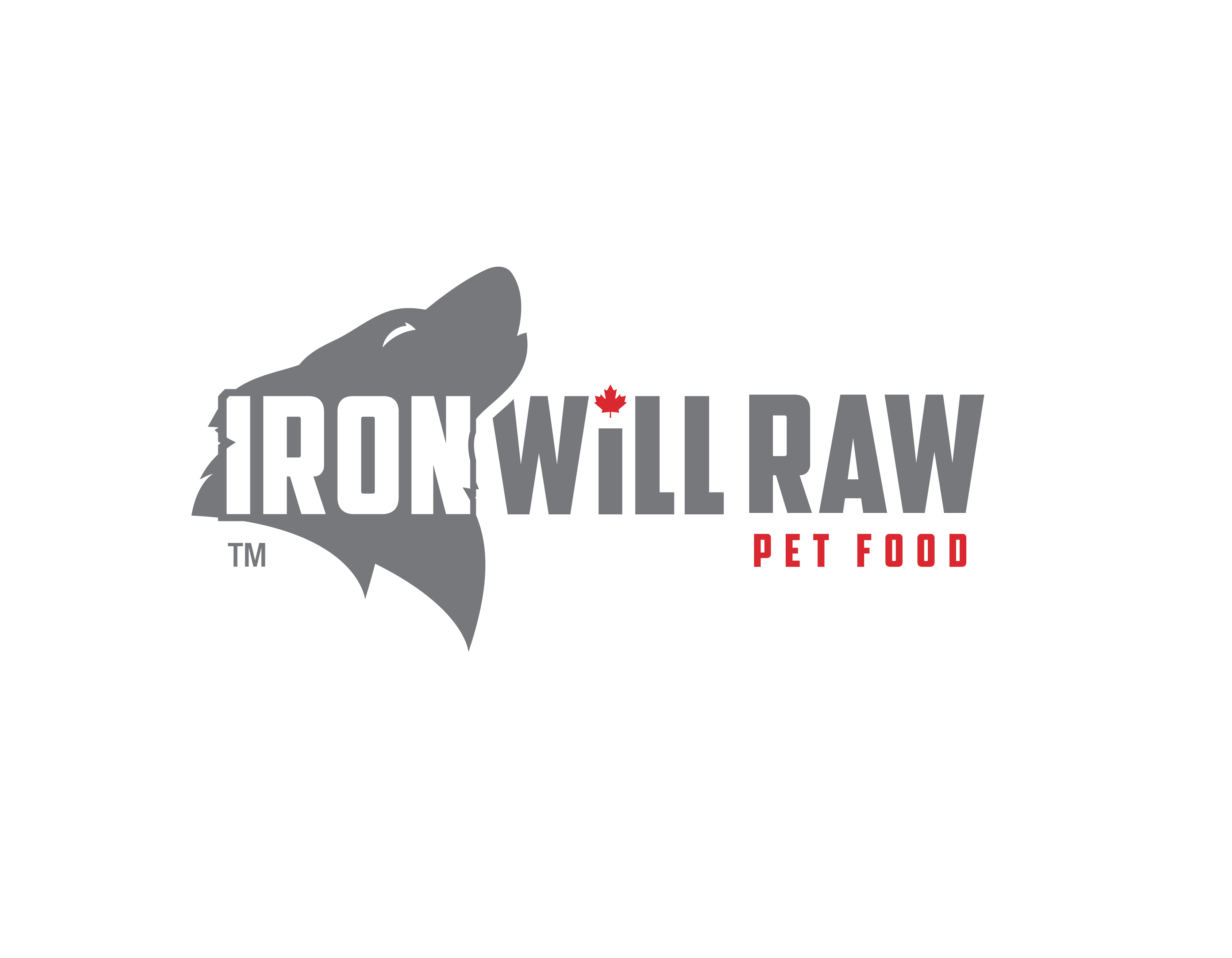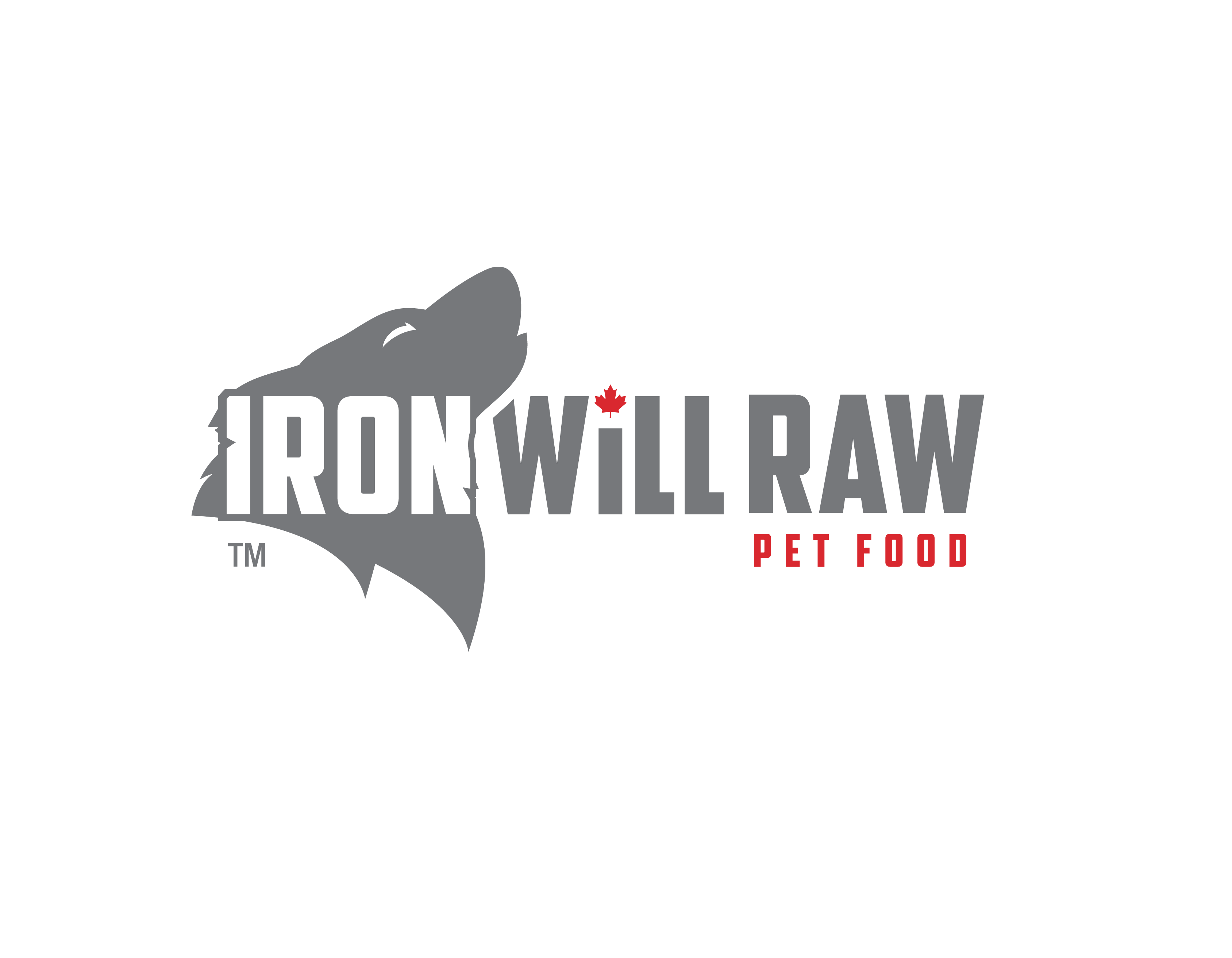Title Page
-
Conducted on
-
Prepared by
-
Location
Inspected By:
-
Date & Time Inspected
-
Inspected for the month of
-
Assessor's Name & Signature
HOUSEKEEPING/GENERAL CONDITIONS
-
Coats & Aprons (Clean), clean and dirty coats stored separately
-
Back Shipping/Receiving Area (Clean, Doors Closed)
-
Front Shipping/Receiving Area (Clean, Doors Closed)
-
Gabage Cans (Clean)
-
Doors throughout facility (clean and in good condition)
-
Facility is adequately clean (i.e. no areas with excessive dust, spider webs, etc)
PRODUCTION ROOM
-
Walls (clean and in good condition)
-
Ceilings, Vents & Exhaust Fans (clean and in good condition)
-
Lights Covered & In Good Condition
-
Floors (clean and in good condition, no large cracks or damaged areas)
-
Drains (clean and in good condition), no pooling water
-
Garbage Cans (Clean and in good condition)
-
Racks (Portion cart, and other racking, clean and in good condition)
-
Sinks (Clean, warm water available, stocked with soap and paper towels)
-
Hoses off the Floor
-
Equipment clean & in good condition
-
Product containers clean and in good condition
-
No temporary repairs observed
PERSONNEL PRACTICES
-
Hairnets & Beardnets Properly Worn
-
No Jewelry, Watches, fingernail polish observed
-
Handwashing & Glove Policies Followed
-
No Evidence of Illness, Open Wounds, or Leisons on Employees
-
Employees wearing clean clothes/uniforms
FREEZER
-
Floor, walls, ceiling, chilling units clean and in good condition
-
Racking clean and in good condition
-
Items stored in proper areas (raw materials, finished product, allergens)
-
Items stored properly (covered, labelled, etc.)
-
Freezer at correct temperature:
COOLER
-
Floor, walls, ceiling, chilling units clean and in good condition
-
Racking clean and in good condition
-
Items stored in proper areas (raw materials, allergens)
-
Items stored properly (covered, labelled, etc.)
-
Thawing procedures being followed
-
Cooler at correct temperature:
PACK OUT ROOM
-
Floor, walls, ceiling clean and in good condition
-
Packaging supplies stored properly
DISH ROOMS
-
Proper segregation between clean and dirty dishes
-
Clean dishes stored properly
-
Floors, walls, ceilings clean and in good condition
CHEMICAL STORAGE ROOM
-
Restricted access
-
Chemicals stored properly (correct location, properly labelled)
ELECTRICAL/MAINTENANCE AREAS
-
Areas are neat and tidy
-
Food grade grease/lubricants stored properly
DRY STORAGE
-
Food Ingredients Properly Covered
-
Packaging (incl. part used packaging) properly covered
-
Items are properly labelled
-
Racking clean and in good condition
-
Items stored in proper areas (packaging, ingredients, allergens)
WASHROOM
-
Floors, walls, ceilings clean and in good condition
-
Sinks clean and have warm water, soap and paper towels
-
Garbage cans clean
LUNCHROOM
-
Floors, walls, ceilings clean and in good condition
-
Sink clean and has warm water, soap and paper towels
-
Food and personal items stored properly
-
Fridge clean
-
Microwave clean
PEST CONTROL VERIFICATION
-
Service Reports (Up To Date, Legible)
-
Documention (Activity Noted, Necessary Corrective Actions Taken)
-
Traps, Bait Stations (In Place, In Good Condition)
-
No evidence of pest infestation
EXTERIOR PREMISES
-
Dumpster Area (Clean, no excessive garbage buildup, dumpsters covered)
-
Grass/ weeds near building trimmed
-
Parking lot/walkways (no litter, in good condition)
-
No pooling water observed
-
Shipping/Receiving areas (no litter, in good condition, bumper pads at back dock in good condition)
-
Exterior doors locked (except retail entrance)
-
Exterior of building in good condition
-
No evidence of pests
Verification
-
Verified by:
-
Date & Time of Verification:








